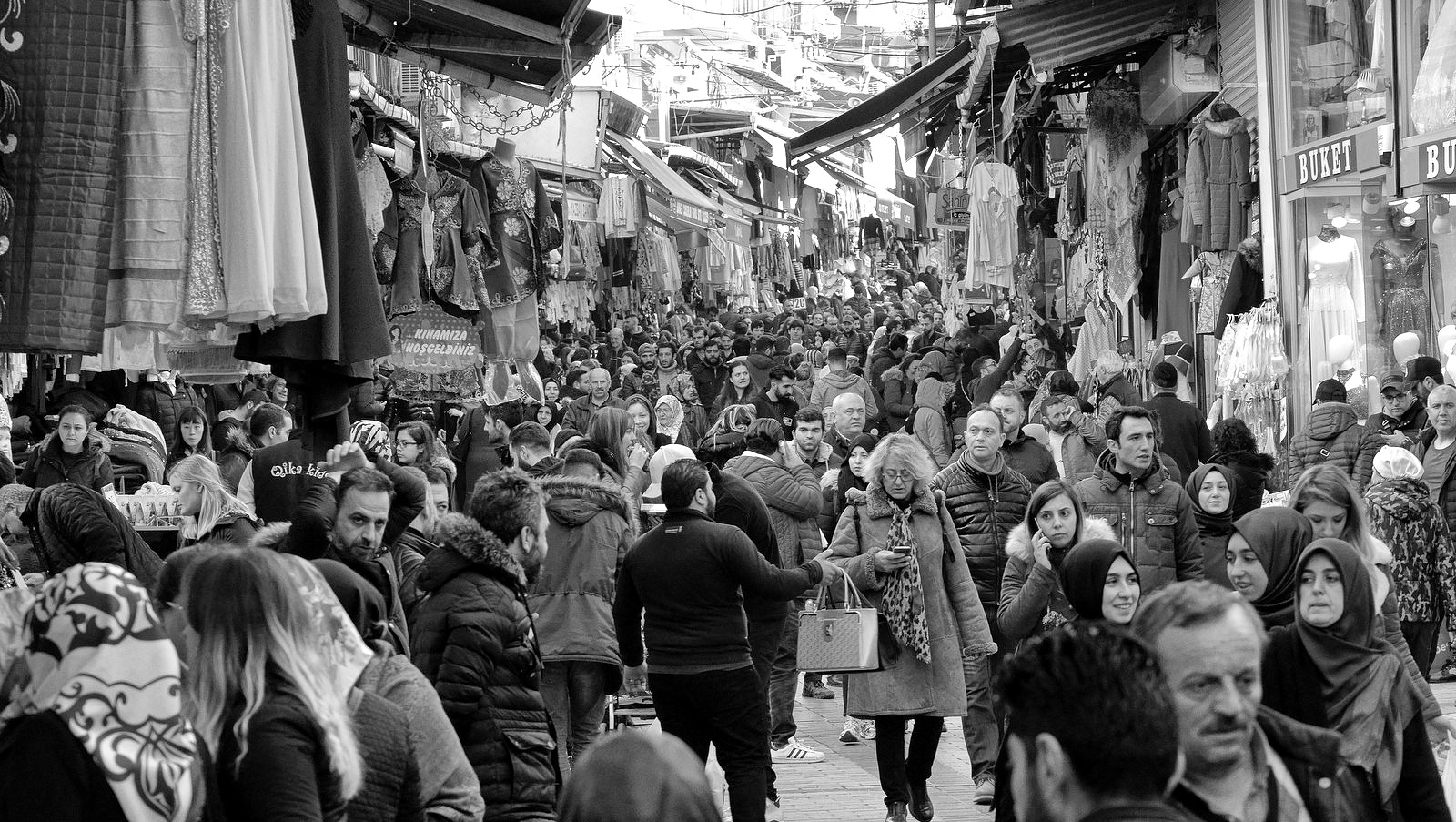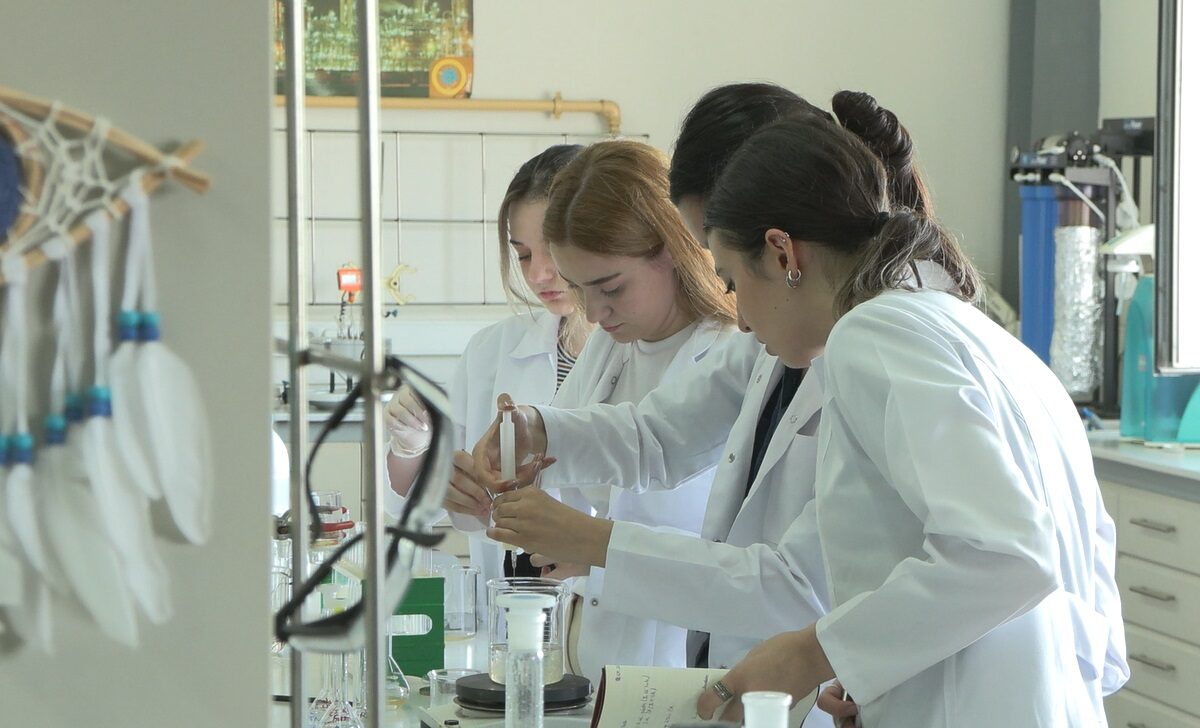
Assistant Professor Kemal Olçar: “Istanbul now a pusher city”
- General
- 17/08/2023
- 488
According to the Turkish Statistical Institute (TurkStat) Internal Migration Statistics for the year 2022, Istanbul was both the province that received the most immigrants and the province that gave the most immigrants. Assistant Professor Kemal Olçar who wrote his doctoral thesis on ‘Analysis of the problems in Turkey’s high-migration regions in the context of security’, said, “Istanbul is now a pusher city. People who want to get rid of the density in urban centers or because the cost of living in urban centers has risen too high, people have started to return to the countryside. People do not want to leave their employment opportunities, but they do not want to lose their lives. Therefore, there will definitely be an inner-city migration movement.”
ISTANBUL MEETS VALUE EXPECTATIONS
Olçar said, “The migrations in Turkey are free migrations. Why do people move from one place to another? There are several reasons for this. There are push factors. There are some push factors in a city center or in a rural area. The most important push factors are economic factors. Reductions in job opportunities, limitations in employment opportunities, or a significant decrease in income expectations, especially in the agricultural sector, may lead to a shift from regions where capital is less dense to regions where capital is dense. Secondly, education is a very critical issue within expectations. Especially the young population can move from regions where educational opportunities are limited or where there are impossibilities. Education is a critical issue. Especially the young population can migrate from regions with limited educational opportunities to other locations where health facilities are available. All these value expectations are met by Istanbul. Migration from rural areas to urban areas is taking place.”
“ISTANBUL IS NOW A PUSHER CITY”
Olçar said, “Istanbul is the city that receives the most migration but gives the most migration. There are also factors pushing from Istanbul now. Istanbul is now a pusher city. Why is it a pusher city? The world has actually turned to this. People who want to get rid of the density in urban centers or because the cost of living in urban centers has risen too high, are slowly returning to rural areas. Istanbul is also slowly entering the status of a pusher city and the high cost of living here, the density of people, traffic density, job opportunities, education opportunities are very high, but now people have started to prefer life in rural areas. The more you increase the number of attractive places, the less people will migrate long distances. You also need to make your own city attractive in order to restrict or prevent migration.”
“PEOPLE DO NOT WANT TO LOSE EMPLOYMENT POSSIBILITIES OR LIVES”
Olçar said, “When you inflate metropolises so much, it must be said that the infrastructure will also be seriously damaged. The infrastructure and superstructure of a city of 20 million people, main roads, side roads and secondary roads may become unusable. Let’s add disasters to these. Floods and earthquakes have devastating effects on big metropolises. They cause great casualties. Material and moral losses and human casualties can reach unimaginably high levels. Therefore, expectations of natural disasters will be realized to some extent in other big cities like Istanbul in the coming years. There will be a transition back to rural areas, to areas with hard ground. People do not want to leave their employment opportunities, but they also do not want to lose their lives. Therefore, an inner-city migration movement will definitely take place.”
WATER AND FOOD SHORTAGES… SECURITY PROBLEMS
Olçar said, “Therefore, there will definitely be a migration movement within the city. There will be a shift from places where earthquakes or intense floods will occur to places with a slightly harder ground, where floods are not expected. This is very costly, and I think this pace will be slower. 10 years from now, there will be a shift from high centers where earthquakes are likely to occur to places where they are unlikely to occur. Migration within Istanbul, within the province may take place. Towards the north, especially towards Arnavutköy or the coasts close to the Black Sea. In the medium term, two issues will be more problematic: clean water and food. Climate-related issues will also have an impact on internal migration. Where water is scarce, there may be a flow from Eastern and Southeastern Anatolia or Central Anatolia towards the West. Food and water may be the main problem, the push factor. If metropolises have difficulty in accessing clean water, metropolises may experience intense water cuts. You may see massive power outages. Due to the high cost of food, food shortages can also be encountered. Life in the city will also lead to some social stratification. Ghettoization will increase as the lower class groups in the city centers become more concentrated, especially the labor class. Increased ghettoization may also create security problems. It may also cause serious increases in the rate of crime and criminals.”








